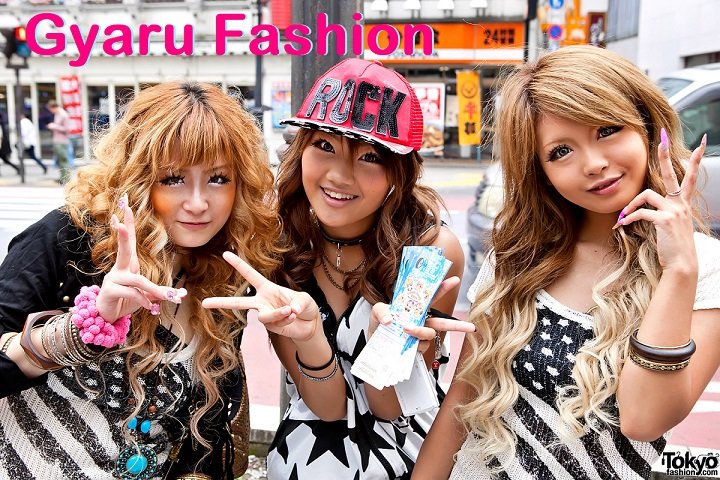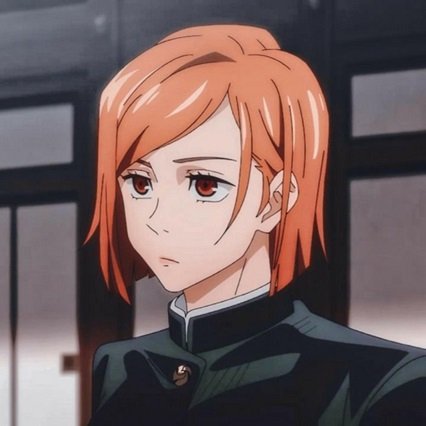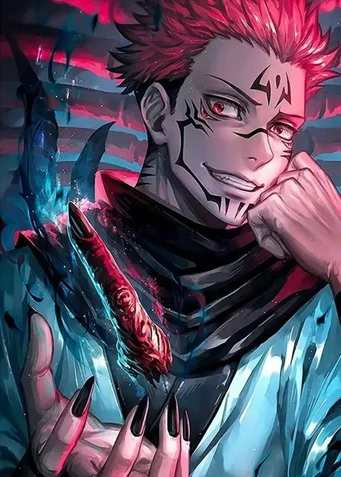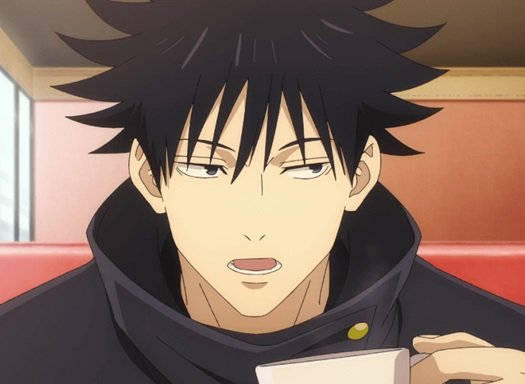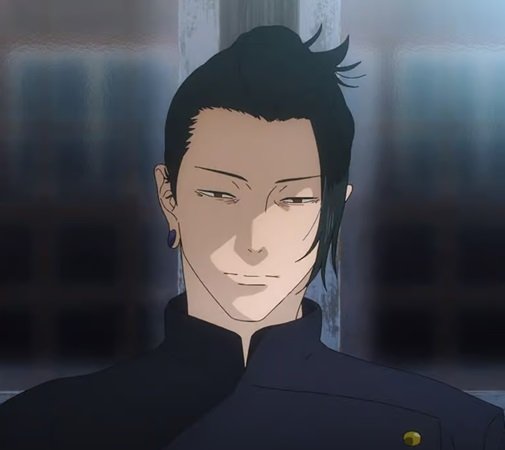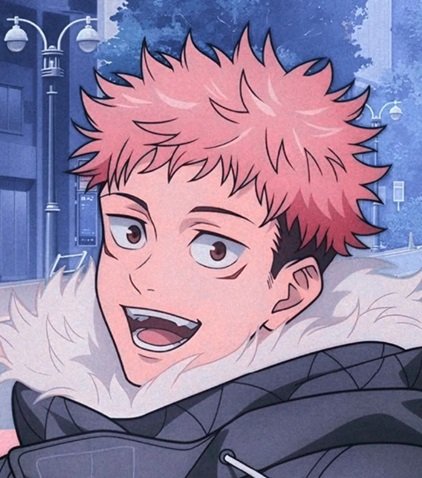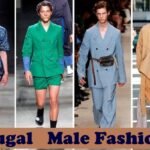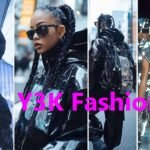Gyaru Fashion: The Bold Japanese Street Style Breaking Beauty Norms
Gyaru style, additionally referred to as Gal style, represents one in every of Japan’s maximum pleasing and influential street styles. Known for its dramatic makeup, placing hair colors, and bold fashion alternatives, this trend symbolizes riot, freedom, and personal expression. Gyaru emerged as a defiance towards Japan’s conservative ideals of female beauty, specifically the conventional photograph of the shy, faded-skinned, black-haired female. Instead, Gyaru ladies (and boys) proudly showcased tanned pores and skin, dyed blonde or pastel hair, fake lashes, and loud accessories, creating a style that was each controversial and fascinating. Over the years, Gyaru developed into a dynamic subculture with numerous offshoots, taking pictures in Japan and globally.
Understanding the Origins of Gyaru Fashion
The roots of Gyaru go back to the 1970s and 1980s, a time when Japan’s financial system changed into booming and youngsters’ tradition changed into beginning to take shape in new, expressive approaches. Inspired through Western fashion and the glamorization of California women, younger Japanese ladies began experimenting with bold appearances. The phrase “Gyaru” itself is a Japanese transliteration of the English phrase “gal” and began to start with being used in advertising to describe elegant, today’s women. However, via the 1990, the term had advanced to refer particularly to the ladies who dressed in the rising avenue patterns that stood in stark contrast to societal norms.
One of the most important motivations in the back of the Gyaru movement changed into a rejection of traditional Japanese femininity, which emphasised modesty, natural beauty, and subdued garb. Instead, Gyaru embraced a noisy, flamboyant, and surprisingly artificial aesthetic. This fashion was now not just about appearance—it became a shape of protest. It gave younger women the gap to redefine splendor on their very own terms, regularly stunning the older generation and welcoming complaints from mainstream media.
Core Elements of Gyaru Style

Makeup and Beauty Standards
One of the most defining traits of Gyaru style is its unique approach to makeup. Gyaru makeup isn’t always diffused—it’s designed to make a bold statement. Heavy eye makeup, fake lashes, circle touch lenses to make eyes appear large, and white eyeliner below the eyes to decorate a doll-like impact are all staples.
Another essential issue is the use of foundation numerous sun shades darker than herbal pores and skin tone. Early Gyaru embraced tan parlors and bronzing powders to achieve a solar-kissed appearance, intentionally defying the traditional East Asian perfect of truthful skin. Lip gloss, blush, contouring, and highlighting are applied generously to sculpt and upload size to the face.
Hair and Nails
Gyaru hairstyles are also standout functions of the fashion. Bleached blonde, silver, ash brown, or vibrant pastel hair colorations are commonly seen. Hair is regularly styled into massive curls, teased extent, or pigtails, and many Gyaru use wigs or hairpieces to achieve the dramatic styles. Some even move for coloured extensions to enhance the impact.
Equally eye-catching are the decorated, extremely lengthy nails, often adorned with gemstones, 3D art, glitter, and charms. Nail artwork have become an essential part of the Gyaru look, with women spending hours or money in salons to get the suitable manicure that complemented their outfits.
Clothing and Accessories
When it comes to apparel, Gyaru style pulls inspiration from a wide variety of resources—Western developments, Harajuku style, clubwear, or even high fashion. Expect to see animal prints, mini skirts, platform heels, knee-excessive boots, and fluffy coats. The silhouette often emphasizes lengthy legs and a slender waist, with outfits that range from ultra-glam to lovely and girly relying on the substyle.
Accessories are massive, ambitious, and not possible to overlook—oversized rings, chain necklaces, logo-call luggage, and massive hair bows are commonplace. Layering is regularly used to add texture and element to the outfit. In brief, not everything about Gyaru is minimalistic—the greater the pleasing, the higher.
Major Gyaru Substyles and Their Unique Looks
As Gyaru grew, it branched out into a couple of substyles. Each has its specific aesthetic but retains the center essence of being bold, expressive, and visually impactful.
| Substyle | Description |
|---|---|
| Kogal (Kogyaru) | Inspired by school uniforms, Kogal involves short skirts, loose socks, and designer bags. It mixes youth culture with a high-end twist. |
| Ganguro | A more extreme style with deep tans, white eye makeup, bleached hair, and neon clothes. Often seen as shocking in the early 2000s. |
| Manba/Yamanba | A spin-off of Ganguro, this substyle includes fluorescent clothes, face stickers, colorful hair, and an exaggerated tropical vibe. |
| Hime Gyaru | Known as “Princess Gyaru”, it features lace dresses, pearls, ribbons, and a focus on looking ultra-feminine and elegant. |
| Onee Gyaru | A more mature style that emphasizes sophisticated fashion, sleek hair, and chic makeup—think luxury magazine vibes. |
| Rokku Gyaru | Combines Gyaru with rock fashion—dark makeup, leather jackets, gothic accessories, and a punk attitude. |
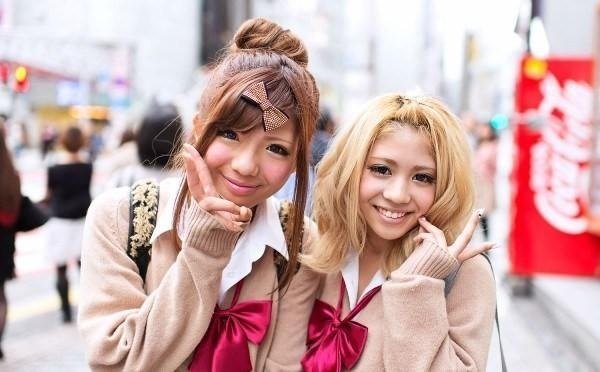
Gyaru in Japanese Pop Culture and Global Influence
During its height within the early 2000s, Gyaru turned into a mainstream fashion. Magazines like egg, Popteen, and Ageha have become style bibles for Gyaru fans. These magazines didn’t just display clothes—they taught readers how to do makeup, how to walk, how to pose, and a way to live the Gyaru life. Celebrities like Tsubasa Masuwaka became family names, and complete buying centers like Shibuya 109 were devoted to Gyaru fashion manufacturers.
In music, companies like Black Diamond and ParaPara dancers followed Gyaru style, mixing tune, dance, and style. This integration of Gyaru into pop culture made it extra than only a style—it became a full-blown life-style movement.
Globally, the Gyaru style commenced to steer Western road style, cosplay, and on line communities. Platforms like Tumblr, YouTube, and later Instagram and TikTok have become hubs for international lovers to research and show off their Gyaru adjustments. Today, influencers and bloggers from locations just like the US, Europe, and Southeast Asia retain to rejoice and evolve the fashion, proving that Gyaru is no longer just a Japanese phenomenon.
Is Gyaru Fashion Still Alive Today?
While it can not be as dominant in Japan’s style scene as it once turned into, Gyaru in no way simply disappeared—it simply transformed and adapted. Many former Gyaru have aged into Onee Gyaru or incorporated elements into their ordinary fashion. Some subcultures like Neo-Gyaru or Soft Gyaru take a greater toned-down technique, combining bold make-up with extra wearable style.
Communities around the arena have saved the spirit of Gyaru alive thru online meetups, social media companies, tutorials, and virtual magazines. There are even Gyaru-themed events and conventions that remember the legacy of this bold street fashion. In this manner, Gyaru remains a living, evolving fashion—now not stuck within the past however continuously reinventing itself.
FAQs About Gyaru Fashion
Q1. What does “Gyaru” mean?
A: “Gyaru” is a Japanese pronunciation of “gal” and refers to girls (or boys) who embrace a bold, non-traditional, and often rebellious fashion style.
Q2. Can men be Gyaru too?
A: Yes! The male version is called Gyaruo, and while it’s less common, it follows the same bold fashion principles with a masculine twist.
Q3. Is Gyaru only about fashion?
A: No—Gyaru is also a lifestyle and mindset. It promotes confidence, self-love, and standing out from the crowd.
Q4. Is Gyaru fashion expensive?
A: It can be, especially with branded items and salon visits. However, many modern Gyaru use DIY methods, thrift shopping, and budget hacks to achieve the look.
Q5. Is it okay for non-Japanese people to wear Gyaru fashion?
A: Absolutely! Gyaru is about self-expression. As long as it’s done respectfully and with understanding of its roots, anyone can participate.
Related Post : 1980s Fashion Trends: A Colorful Revival of Style, Power, and Pop Culture
Disclaimer
This blog post is intended for informational and educational purposes only. It does not claim to represent all views of the Gyaru community. Fashion is deeply personal, and while Gyaru may resonate with many, it’s important to explore any cultural style with respect and awareness of its origins and cultural context.
